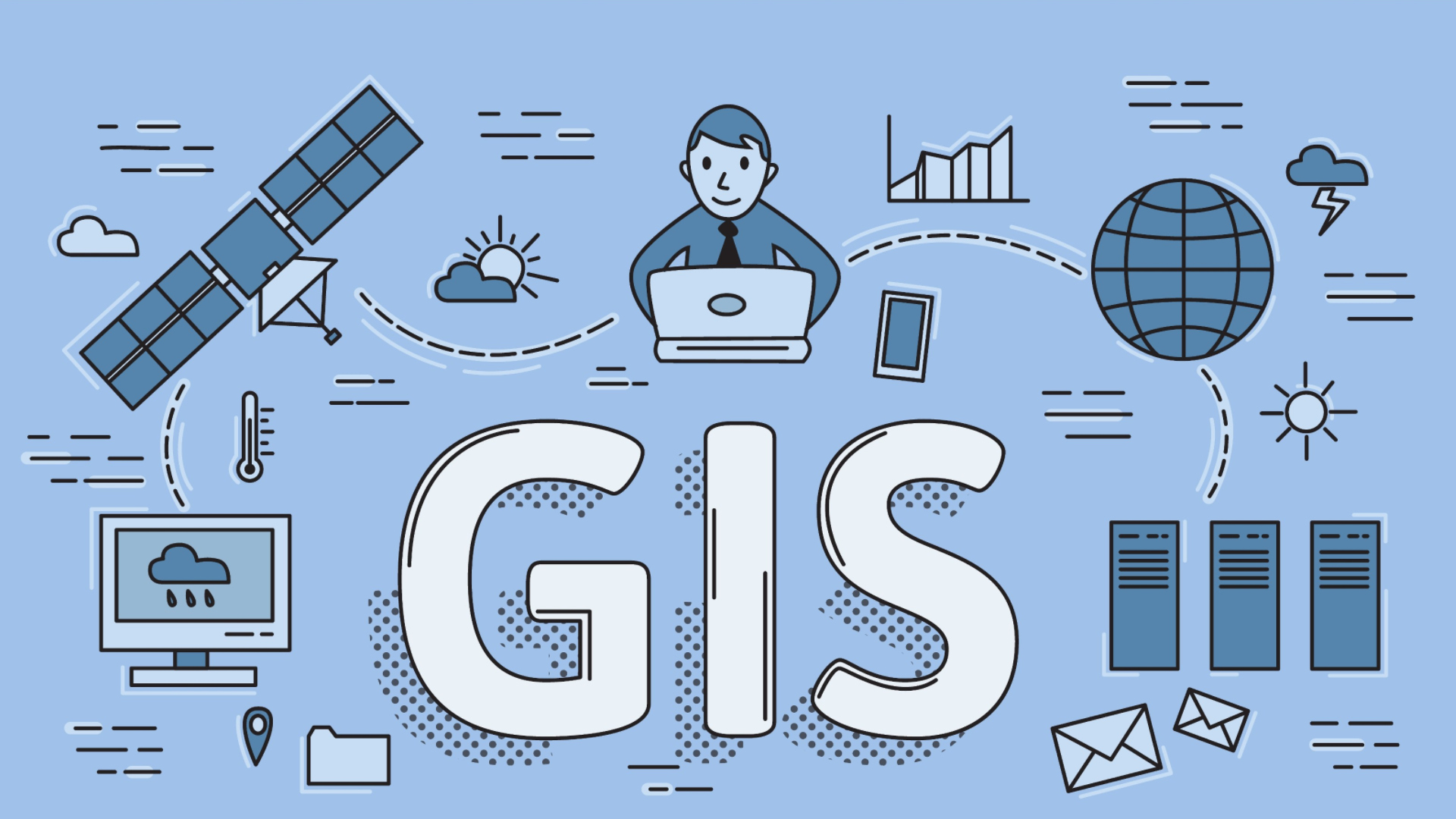Precision Agriculture Technicians
Agronomist, Crop Specialist, Precision Agriculture Specialist (Precision Ag Specialist), Precision Agronomist
 Select a military branch to see samples.
Select a military branch to see samples.
Engineering; Engineering Apprentice; Engineering Craftsman; Engineering Helper; Engineering Superintendent; Space Systems Operations; Space Systems Operations Apprentice; Space Systems Operations Helper; Space Systems Operations Journeyman; Space Systems Operations Manager
Geospatial Engineer; Geospatial Engineering Technician; Geospatial Intelligence Imagery Analyst; Geospatial Intelligence Imagery Technician
No similar titles were found.
Target Mensuration Analyst
Engineering Aide; Geospatial Information and Services (GIandS) Officer
No similar titles were found.
What they do:
Apply geospatial technologies, including geographic information systems (GIS) and Global Positioning System (GPS), to agricultural production or management activities, such as pest scouting, site-specific pesticide application, yield mapping, or variable-rate irrigation. May use computers to develop or analyze maps or remote sensing images to compare physical topography with data on soils, fertilizer, pests, or weather.
On the job, you would:
- Document and maintain records of precision agriculture information.
- Collect information about soil or field attributes, yield data, or field boundaries, using field data recorders and basic geographic information systems (GIS).
- Use geospatial technology to develop soil sampling grids or identify sampling sites for testing characteristics such as nitrogen, phosphorus, or potassium content, pH, or micronutrients.
Knowledge
Business
- customer service
- sales and marketing
Engineering and Technology
- computers and electronics
- product and service development
Arts and Humanities
- English language
Math and Science
- arithmetic, algebra, geometry, calculus, or statistics
Skills
Basic Skills
- reading work related information
- listening to others, not interrupting, and asking good questions
Problem Solving
- noticing a problem and figuring out the best way to solve it
People and Technology Systems
- thinking about the pros and cons of different options and picking the best one
- figuring out how a system should work and how changes in the future will affect it
Abilities
Verbal
- communicate by speaking
- communicate by writing
Ideas and Logic
- make general rules or come up with answers from lots of detailed information
- use rules to solve problems
Math
- choose the right type of math to solve a problem
- add, subtract, multiply, or divide
Visual Understanding
- quickly compare groups of letters, numbers, pictures, or other things
Personality
People interested in this work like activities that include practical, hands-on problems and solutions.
They do well at jobs that need:
- Innovation
- Intellectual Curiosity
- Attention to Detail
- Dependability
- Cautiousness
- Achievement Orientation
Technology
You might use software like this on the job:
Geographic information system
- ESRI ArcGIS software
- Geographic information system GIS systems
Presentation software
- Microsoft PowerPoint
Analytical or scientific software
- Farm Works Site Pro
- MapShots EASi Suite
Education
Education: (rated 3 of 5)
bachelor's degree or
associate's degree
usually needed
associate's degree
usually needed
Get started on your career:
Find Training
Apprenticeship.gov
Job Outlook
Average
New job opportunities are likely in the future.
Explore More
- Agricultural Engineers
- Agricultural Technicians
- Conservation Scientists
- Geological Technicians
- Soil & Plant Scientists
You might like a career in one of these industries:
See more details at O*NET OnLine about Precision Agriculture Technicians.





